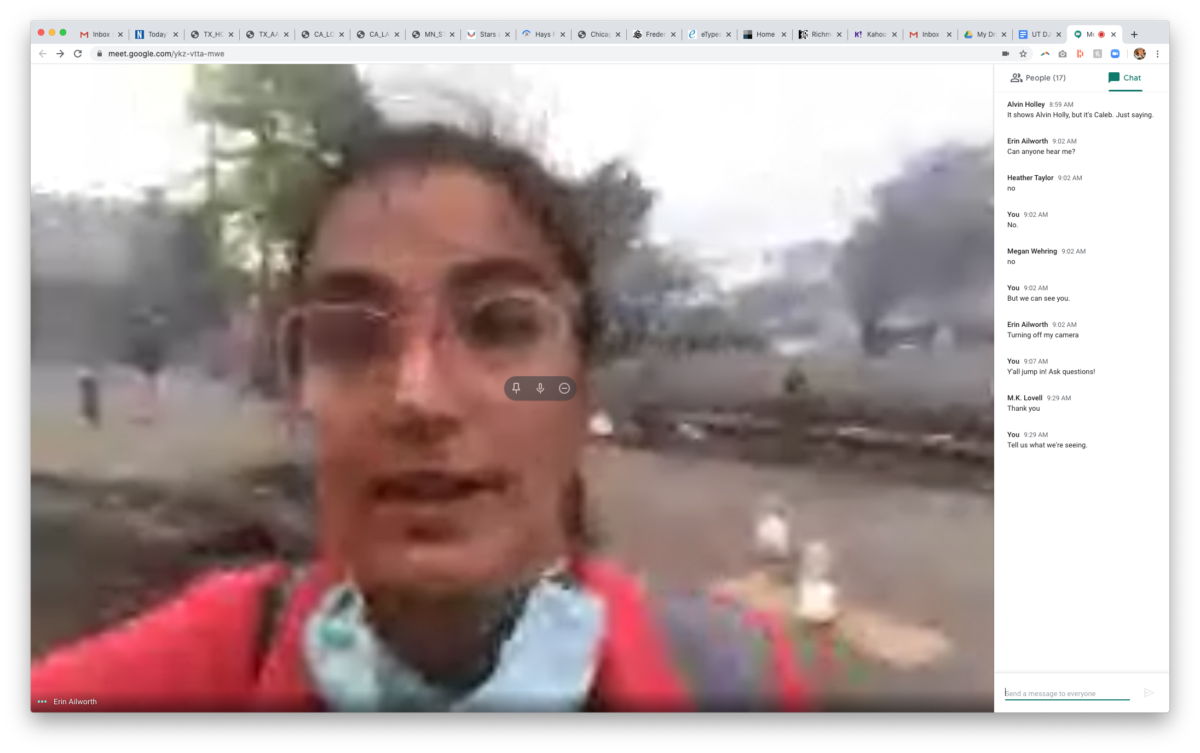Frequently Asked Questions alternative story format popular with reporters, readers
By Andy Bechtel
Readers of student media often have questions about things in the news. College journalists can provide answers using the “frequently asked questions” format.
Korie Dean, a reporter at The News & Observer in Raleigh, North Carolina, specializes in FAQ stories. She’s reported and written them about topics such as COVID restrictions, health insurance and bans on outdoor burning.
“You might find yourself asking questions about a new law that’s gone into effect, a confusing term that’s related to the news of the day, a viral post on social media or just about anything else,” says Dean, a 2021 graduate of the journalism school at UNC-Chapel Hill. “Those topics make for fantastic FAQs, because they’re things people undoubtedly have questions about and will be searching (literally searching on Google — SEO is key!) for answers on.”
So when should you try a FAQ, and how do you put one together? Here’s what you need to know.




 Erin Ailworth, Midwest correspondent for
Erin Ailworth, Midwest correspondent for 
 Using a health equity lens to cover COVID-19 in minority communities
Using a health equity lens to cover COVID-19 in minority communities




